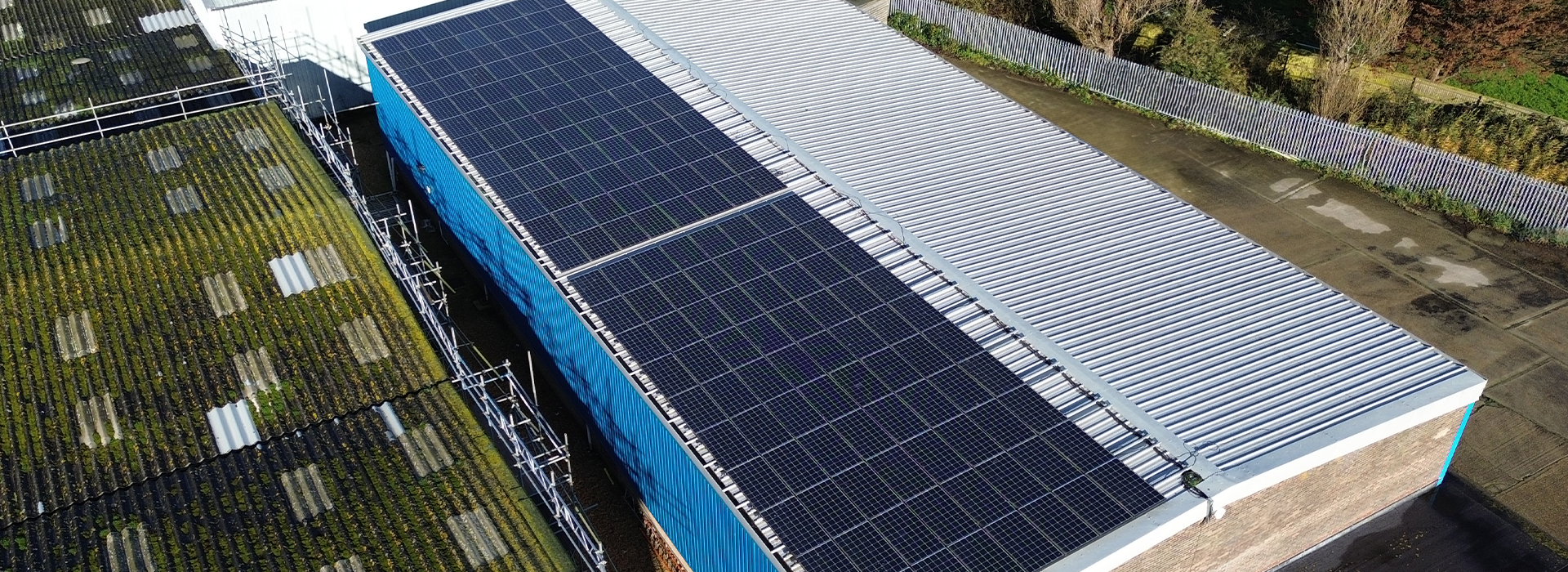Introduction
Fall protection is a critical aspect of workplace safety, particularly in industries where employees are required to work at heights. While implementing fall protection measures is essential, having a rescue plan in place is equally crucial. In this article, we’ll delve into the significance of having a rescue plan when using fall protection on industrial and commercial roofs in the UK.
Regulations and Standards
In the UK, stringent regulations are in place to ensure the safety of workers who are exposed to fall hazards. These regulations outline specific requirements for fall protection systems and emphasise the importance of having a rescue plan. Employers are legally obligated to comply with these standards to prevent accidents and minimise risks to workers’ health and safety.
Risks of Working at Heights
Working at heights poses significant risks, with falls being one of the leading causes of workplace injuries and fatalities. Statistics reveal alarming numbers of accidents occurring due to falls from industrial and commercial roofs. Common hazards include unstable surfaces, unprotected edges, and inadequate safety measures.
Components of a Rescue Plan
A comprehensive rescue plan consists of various components, including proper training for personnel involved in rescue operations and the availability of suitable rescue equipment. Training ensures that employees are equipped with the necessary skills to respond effectively in the event of an emergency, while the right equipment facilitates timely and safe rescue operations.
Developing a Comprehensive Rescue Plan
Creating a robust rescue plan involves assessing potential hazards in the workplace and establishing clear emergency procedures. Employers must identify rescue routes, designate rescue personnel, and communicate the plan effectively to all workers. Regular drills and simulations help familiarise employees with rescue protocols and enhance response efficiency.
Importance of Training
Training plays a pivotal role in ensuring the success of rescue operations. Employers must designate competent persons to oversee rescue efforts and provide ongoing training to employees. Regular practice drills enable workers to gain confidence in executing rescue procedures and enhance their ability to handle unforeseen challenges.
Integration with Overall Safety Strategy
Rescue plans should be integrated seamlessly into the organisation’s overall safety strategy. By prioritising rescue preparedness, employers demonstrate their commitment to employee welfare and mitigate potential risks associated with working at heights. A well-coordinated approach to safety enhances productivity and fosters a culture of responsibility among workers.
Reviewing and Updating Plans
Rescue plans should be dynamic documents that evolve with changing circumstances. Regular reviews and updates are essential to account for new hazards, technological advancements, and regulatory changes. By staying proactive and responsive, employers can adapt to emerging risks and maintain the effectiveness of their rescue strategies.
Public Awareness and Education
Public awareness campaigns play a vital role in promoting safety culture and encouraging compliance with regulations. Employers can leverage educational resources and training programs to empower workers with knowledge and skills necessary for safe work practices. By fostering a culture of safety, organisations create a conducive environment for preventing accidents and protecting lives.
Conclusion
In conclusion, having a rescue plan in place is paramount when using fall protection on industrial and commercial roofs in the UK. By prioritising rescue preparedness, employers safeguard the well-being of their employees and uphold their legal obligations. Through proactive planning, training, and collaboration, organizsations can minimise risks and create safer work environments for everyone.



